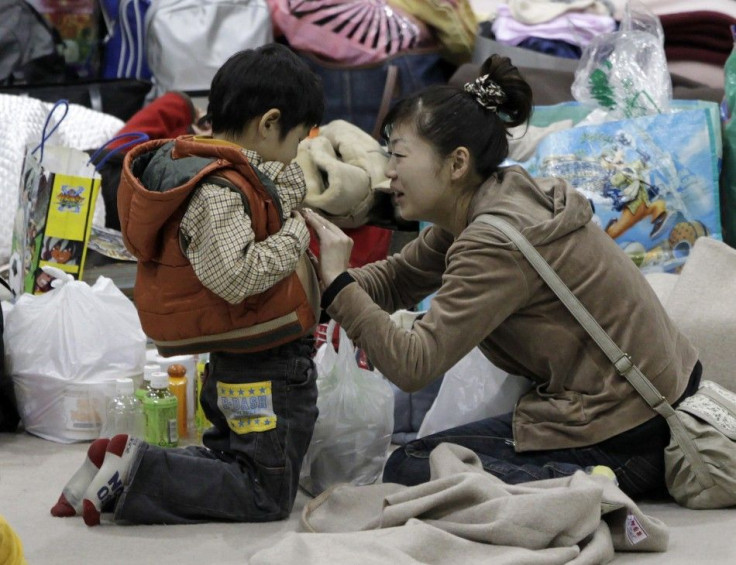Japan death toll nearing 7,000; thousands remain missing

The official death toll from Japan’s huge earthquake-tsunami tragedy is approaching 7-thousand, already exceeding the 6,434 who died in the Great Hanshin earthquake of 1995, according to Japan’s National Police Agency.
Including people who have been reported missing, the total number of casualties now exceeds 17-thousand.
Meanwhile, evacuees, rescuers and officials in quake-destroyed prefectures of Miyagi, Iwate and Fukushima observed a moment of silence at 2:46 p.m. (local time) Friday, exactly a week after a massive earthquake and tsunami slammed into northeastern and eastern Japan.
However, the search-and-rescue mission goes on, although as the hours pass by, the chances of finding any survivors becomes extremely slim,
About 90,000 rescue workers, including police officers and Self-Defense Forces personnel, have found about 26,000 survivors thus far.
Nearly 400,000 homeless people are being housed in emergency shelters. Due to fuel shortages, the unavailability of vehicles, inclement winter weather and some impassable roads, getting relief provisions to them has been painfully slow.
Miyagi Governor Yoshihiro Murai has asked earthquake survivors Friday to move to other prefectures, due to a shortage of immediate housing options for them.
‘‘Living conditions will be improved if they move to other prefectures,’’ he told reporters. ‘‘It is a nonbinding request. I hope people affected by the quake will cooperate.”
Similarly, Japan’s Chief Cabinet Secretary Yukio Edano saidhis government may consider relocating survivors at evacuation centers in the Tohoku region to other less devastated areas.
Tragically, some elderly evacuees have reportedly died due to the trauma of the disaster and the hardship of moving.
Also, repair on infrastructure in these affected regions are gradually coming along, including work on damaged roads, airports and ports. The Tohoku Expressway is now open to emergency vehicles, while the Sendai Airport (which was submerged by the tsunami waves) is now ready to handle for airplanes and helicopters on relief missions.
© Copyright IBTimes 2024. All rights reserved.











